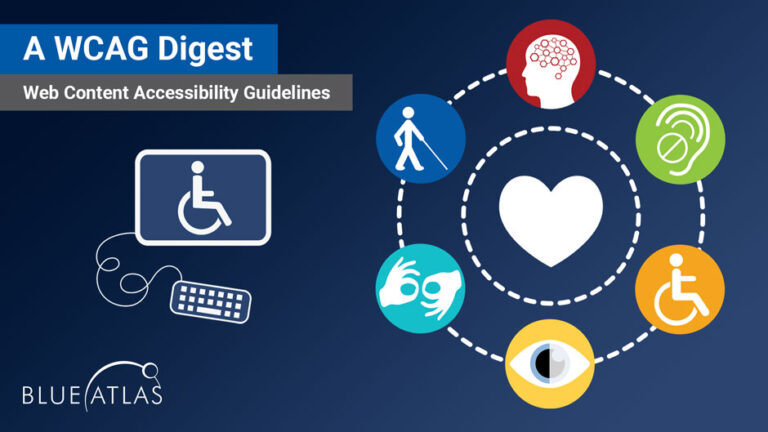Strategies for Inclusive Visual Communication
Strategies for Inclusive Visual Communication
Embracing Universal Design: universal designs aim to create products and an environment that can be user-friendly to everyone regardless of disability or normal people. So, this approach can ensure information or design is accessible to a wide range of people.
Prioritize Accessibility Standards: the designer can follow accessibility standards such as Web Content Accessibility Guidelines (WCAG), ensuring content or information should be accessible to all in digital platforms and public spaces. These guidelines help content creators or designers make content accessible by using ALT text for images or high-contrast colours.

Inclusive User Testing: including people with disabilities in design or any digital platform testing can be a significant way to identify barriers that need to be changed or improved. Moreover, such testing trends with a diverse population can ensure that all information data and design will be accessible to all users regardless of their ability.
Educate and Advocate for Accessibility: advocating the importance of accessible visual design and creating awareness of inclusive practices in companies, working organizations and communities can help to bring changes and make it accessible without any discrimination.
Your blog effectively highlights how visual communication improves accessibility and how technology plays a key role in enhancing it. I liked how you explained the connection between design and inclusivity. Maybe you could add more examples of assistive technologies, like screen readers or AI-powered tools, to show their real-world impact.
ReplyDeleteYour emphasis on adopting accessible design principles is commendable. Implementing strategies such as embracing Universal Design, adhering to accessibility standards like the Web Content .
ReplyDeleteIt's crucial that designs, and the arts themselves, reflect the diversity of the audiences they serve. All voices deserve to be heard and represented.
ReplyDeleteDesign must be accessible to all; universal design principles have gradually been incorporated to ensure that media, as well as the arts, can be enjoyed by people with different abilities.
Clearly designers can use these electronic tools to make their work significant for everybody. I especially agree with the part of "embracing a universal design", applying it in a good way, would make a lot of people feel represented in the art.
ReplyDeleteYour blog provides a strong foundation for understanding inclusive visual communication. You highlight key strategies like universal design, accessibility standards, and inclusive user testing, which are crucial for creating accessible content. However, some sections could be clearer, such as the phrase "disability or normal people"—a more inclusive term like "people with and without disabilities" would be better. Also, the "Unlock Inclusivity" heading seems incomplete. Overall, your blog effectively promotes accessibility, and with slight refinements in wording and structure, it will be even more impactful
ReplyDelete